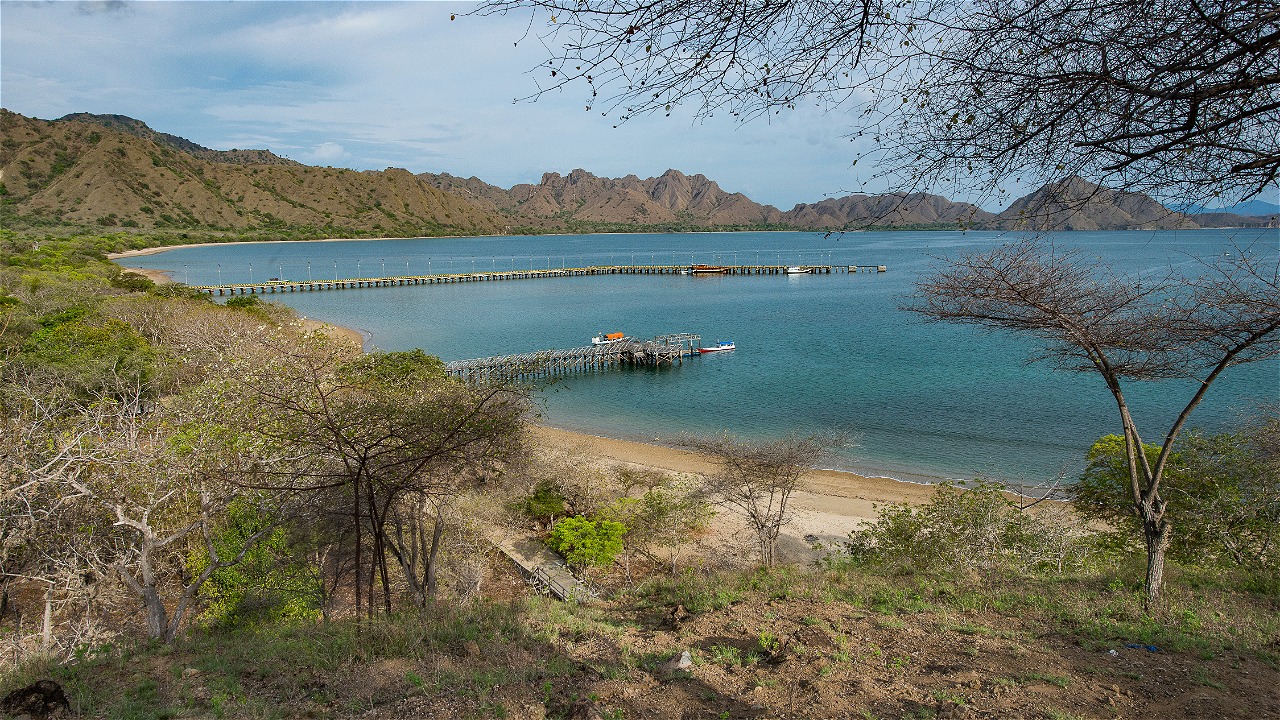COMING SOON: SUSTAINABLE TOURISM STRATEGY FOR KOMODO NATIONAL PARK
By: Indarwati Aminuddin (National Coordinator of Responsible Marine Tourism, WWF-Indonesia)
Tourism grew as the most dominant sector in West Manggarai. In 2010, Komodo National Park welcomed 44,672 visitors who spent IDR 1,483,699,500 in total. Five years later, the number increased to 95,410 visitors with total spend of IDR 19,287,507,500 in 2015.
In five years, all numbers of tourism key indicators have been growing significantly, coming from cruise visitors, lodging spend, and restaurant spend. Being aware of the huge potentials of tourism industry, Komodo National Park tries hard to avoid mass tourism and exploitation of natural resources. Komodo National Park is considered to be one of the most promising sources of income for protected areas through tourism.
There is no written record when tourists firstly started coming to Komodo National Park. But, data shows significant number of visitors in 1991. During 1991-2004 and 2004-2016 period, tourism has flourished, and number of visitors have increased, followed by development of tourism infrastructure and facility (hotel, restaurant, pub) risen continuously. The trend of leasing land and island started when tourism development and promotion of Komodo National Park has risen in national and international level.
Komodo National Park itself was established in 1980 to protect Komodo dragon (the giant lizard) and its habitat. In 1986, Komodo National Park was listed as Man and Biosphere Reserve by UNESCO, and declared as a one of the best heritage site (UNESCO) in 1991.
Marine Protected Area (MPA) status was announced in 2000. Komodo National Park was later announced as one of the best national park model in Indonesia in 2006. As a protected area with massive volcanic rocks, sandstone, limestone, sandy shale, clay, savanna, monsoon forest, 250 plant species, over 1000 fish species, and 385 coral species.
Since the growth of tourism industry, Komodo National Park and local government have been facing many managerial and environmental issues. Land claim, waste management, fresh water security, destructive fishing, oil spills, conflict zone between fisheries and tourism, even coral damage; all because of tourism activity.
From what it looks like, tourism development in West Manggarai including Komodo National Park has been built based on sustainable exploitation of natural resources, leaving the sustainable principle of tourism development behind.
In attempt to fix that, Komodo National Park, working with WWF- Indonesia, is formulating a sustainable marine tourism development and master plan. Extensive consultations have been going on since August 2016. This huge step is undertaken in collaboration with West Manggarai Local Government, Swiss Contact, and tourism players.
The program includes an in-depth analysis of West Manggarai’s Komodo National Park ecotourism sector and the formulation of a plan for sustainable natural resources through ecotourism. So far, Komodo National Park and local government of West Manggarai have held two workshops focusing on formulating the master plan for selected indicators. The plan will be used to clear a way towards sustainable tourism in Komodo National Park in short, medium and long term target.
The tourism master plan itself is designed for 2016-2020 period, the first draft of master plan will be presented in January 2017, and the document will be finalized in March 2017. Now, we shall welcome the brand new strategy for responsible tourism in Komodo National Park together, hopefully soon enough.

